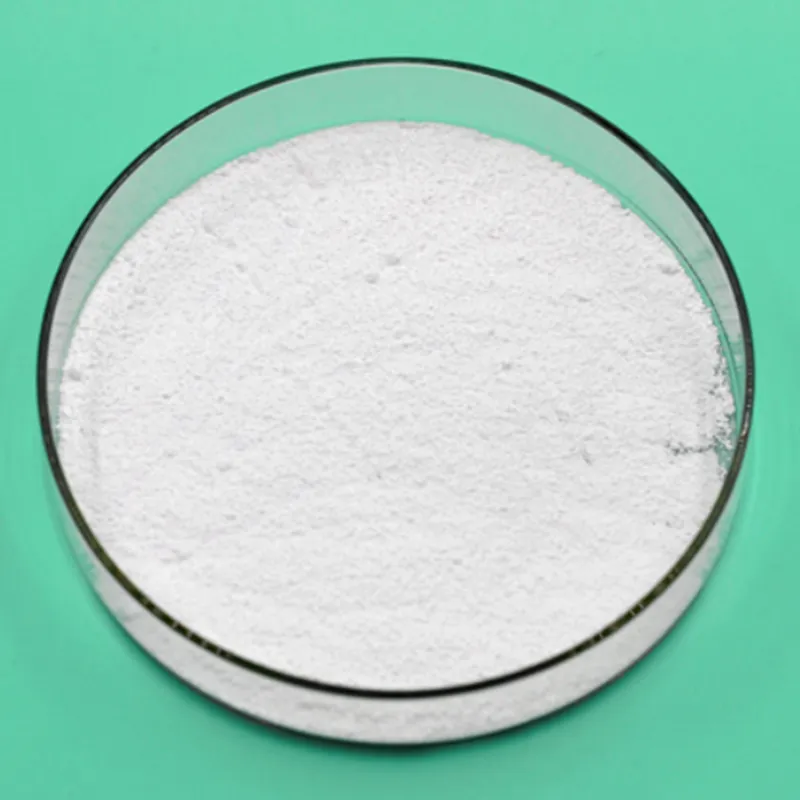
Exploring the Properties and Applications of Dimethyl Disulfide in Various Industries
Dimethyl Disulfide An Overview of Its Properties and Applications
Dimethyl disulfide (DMDS), with the chemical formula C2H6S2, is a colorless liquid characterized by a strong, unpleasant odor reminiscent of rotten cabbage. This organic compound belongs to the class of disulfides, which are compounds containing two sulfur atoms bonded together. DMDS is primarily produced through the catalytic oxidation of dimethyl sulfide, another sulfur-containing compound. Its unique properties and versatility make it an interesting molecule in various industrial applications.
Physical and Chemical Properties
Dimethyl disulfide has several notable physical properties. It has a boiling point of approximately 162 °C (324 °F) and a density of 1.0 g/cm³ at 20 °C. The compound is soluble in organic solvents and has limited solubility in water. As a volatile organic compound, DMDS can readily evaporate into the atmosphere, which contributes to its characteristic strong smell.
From a chemical perspective, DMDS is relatively stable; however, it can be reactive under certain conditions. It is flammable and should be handled with care. The compound undergoes oxidation reactions, making it useful in various chemical syntheses. Additionally, its sulfur atoms can participate in nucleophilic reactions, further expanding the potential applications of DMDS in organic chemistry.
Industrial Applications
One of the primary uses of dimethyl disulfide is in the agricultural sector, particularly as a soil fumigant
. It is employed to control pests and pathogens in crops and is often used in conjunction with other chemicals to enhance soil quality and yield. Its efficacy in pest management has led to its adoption in various agricultural settings, including vineyards, fruit orchards, and vegetable farms.dimethyl disulfide

In the petroleum industry, DMDS serves as an important additive in the refining process. It is used in the hydrodesulfurization of crude oil, which is crucial for reducing sulfur content in fuels and meeting environmental regulations. By aiding in the removal of sulfur, DMDS contributes to the production of cleaner fuels, thereby playing a role in reducing air pollution and combating climate change.
Furthermore, dimethyl disulfide is utilized in the synthesis of various organic compounds. It can act as a sulfur source in the manufacture of pharmaceuticals, agrochemicals, and specialty chemicals. The compound’s unique structure allows chemists to use it as a building block in creating more complex molecules.
Safety and Environmental Considerations
Despite its useful properties, dimethyl disulfide poses certain risks to human health and the environment. Exposure to DMDS can cause irritation to the eyes, skin, and respiratory system. Inhalation of high concentrations may lead to more severe health effects. Therefore, appropriate safety measures should be observed when handling this compound, including the use of personal protective equipment and adequate ventilation.
From an environmental perspective, while DMDS is biodegradable, its release into the atmosphere can contribute to the formation of atmospheric sulfur compounds. Monitoring and regulation of its use are essential to mitigate any potential adverse effects on ecosystems.
Conclusion
In summary, dimethyl disulfide is a versatile compound with significant implications in agriculture, petroleum refining, and organic synthesis. Its strong odor, while an inconvenience, serves as a reminder of the compound’s active nature and reactivity. As industrial applications continue to evolve and environmental regulations become more stringent, the development of safer and more efficient methods to utilize DMDS will be crucial in harnessing its benefits while minimizing risks. Understanding the properties and applications of dimethyl disulfide will undoubtedly enhance its significance in various sectors and drive further research into its potential uses.
-
Understanding Synthetic Rubber OptionsNewsApr.27,2025
-
Trichloroisocyanuric Acid: Essential for Clean and Safe WaterNewsApr.27,2025
-
Sodium Dichloroisocyanurate: Key to Safe Water TreatmentNewsApr.27,2025
-
Sodium Acid Pyrophosphate: Essential in Modern Food ProcessingNewsApr.27,2025
-
Essential Water Treatment ChemicalsNewsApr.27,2025
-
Denatured Alcohol and Its Industrial UsesNewsApr.27,2025
-
The Versatile Uses of Sodium BicarbonateNewsApr.24,2025
Hebei Tenger Chemical Technology Co., Ltd. focuses on the chemical industry and is committed to the export service of chemical raw materials.
-

view more DiethanolisopropanolamineIn the ever-growing field of chemical solutions, diethanolisopropanolamine (DEIPA) stands out as a versatile and important compound. Due to its unique chemical structure and properties, DEIPA is of interest to various industries including construction, personal care, and agriculture. -

view more TriisopropanolamineTriisopropanolamine (TIPA) alkanol amine substance, is a kind of alcohol amine compound with amino and alcohol hydroxyl, and because of its molecules contains both amino and hydroxyl. -

view more Tetramethyl Thiuram DisulfideTetramethyl thiuram disulfide, also known as TMTD, is a white to light-yellow powder with a distinct sulfur-like odor. It is soluble in organic solvents such as benzene, acetone, and ethyl acetate, making it highly versatile for use in different formulations. TMTD is known for its excellent vulcanization acceleration properties, which makes it a key ingredient in the production of rubber products. Additionally, it acts as an effective fungicide and bactericide, making it valuable in agricultural applications. Its high purity and stability ensure consistent performance, making it a preferred choice for manufacturers across various industries.











